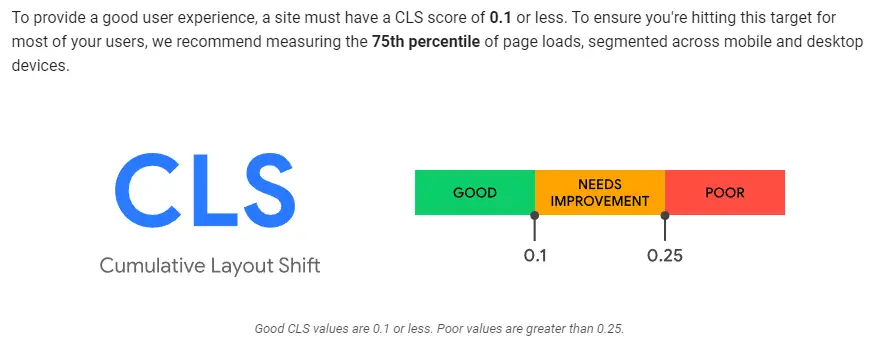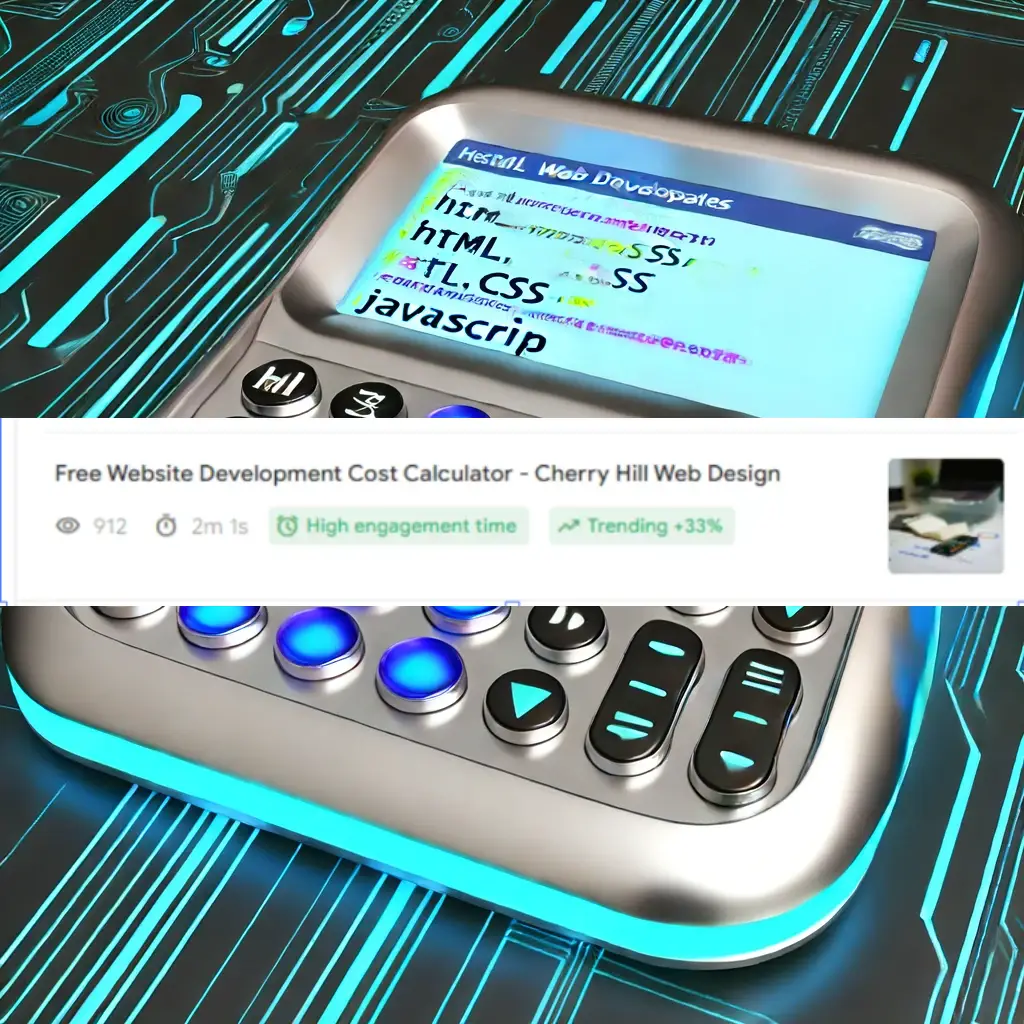
How to Pick a Website Designer for Your Small Business: Key Tips and Considerations
Choosing a website designer for your small business can seem overwhelming, but it doesn't have to be. Finding a web designer who understands your business needs and goals is crucial for creating a successful online presence. Whether you're looking for a freelancer or a design agency, it's important to review their portfolio and ensure they have experience with businesses similar to yours.

A key factor in making your decision is to determine your budget and what features you need in your website. Some designers specialize in simple, affordable sites, while others offer more complex and expensive options. It's also vital to own your domain name and have access to the original, editable source files so you can make changes or switch designers if necessary.
Another tip is to consider using platforms like Fiverr for budget-friendly options or checking out review sites like Clutch to find reputable agencies. A good designer will communicate clearly and be easy to work with, ensuring a smooth process from start to finish.
Key Takeaways
- Ensure the designer understands your business needs.
- Check portfolios and reviews to find the right fit.
- Plan your budget and required website features.
Understanding Your Business Needs

Knowing what your business specifically requires from a website designer will help streamline the selection process. Evaluating your budget, understanding your target audience, and defining your brand image are essential steps.
Establishing Your Budget
Begin by setting a clear budget for your website project. Costs can range widely, from as low as $1,000 to over $100,000. Consider the scope and complexity of your site. Are you looking for a simple online presence or an extensive e-commerce platform?
Consult with potential designers about their rates and ensure they can deliver quality work within your financial limits. Don't forget to account for ongoing expenses, such as maintenance and updates.
Identifying Your Target Audience
Knowing who your audience is will shape many aspects of your website design. Consider the demographics, preferences, and behaviors of your target customers. Tailor the site's layout, features, and content to meet their needs and expectations.
A designer should understand your audience well enough to create a user-friendly experience. This includes easy navigation, appealing visuals, and engaging content. Make sure the designer asks questions to get a good grasp of who your site will serve.
Defining Your Brand Image and Goals
Your website should reflect your brand image accurately. Define what your brand stands for and how you want it to be perceived. Do you want a modern, sleek look or something more traditional and cozy?
Communicate your marketing strategy and goals clearly to the designer. Whether you're aiming to boost sales, increase brand awareness, or provide information, the design should support these objectives. A designer who spends time getting to know your business can better align the site's appearance and functionality with your vision.
Selecting the Right Designer

Selecting the right website designer for your small business involves weighing options between design agencies and freelancers, examining portfolios and expertise, checking for industry-specific experience, and evaluating communication skills.
Evaluating Design Agency vs. Freelancer
When choosing between a design agency and a freelancer, consider your project scope and budget. Design agencies usually provide a team of experts, which can offer broader skill sets and quicker turnaround times. They are often ideal for larger projects needing comprehensive services.
On the other hand, a freelancer can be more cost-effective and flexible. They often specialize in specific areas and provide a more personalized approach. Freelancers can be the right choice for smaller projects or when looking for specialized skills.
Evaluate your business needs, project complexity, and budget to decide whether an agency or a freelancer is the best fit.
Reviewing Portfolios and Expertise
A designer’s portfolio is crucial for assessing their skill and style. Review portfolios to see if their previous work aligns with your vision. Look for a variety of projects that demonstrate their expertise in different design techniques.
Examine the quality and uniqueness of their designs. Pay attention to how they handle user experience (UX) and mobile responsiveness. Portfolios should showcase their ability to create professional, customized designs rather than just using templates.
Check testimonials and references to verify their track record and client satisfaction.
Considering Industry-Specific Experience
Choosing a designer with industry-specific experience can make a significant difference. Designers familiar with your industry understand common needs and challenges, making the design process smoother.
For example, if you run an e-commerce business, look for a designer who has worked on successful online stores. They will know the best practices for shopping cart design, payment gateways, and product displays.
Having this targeted expertise can save time and ensure your website meets industry standards and user expectations.
Assessing Communication Skills
Good communication is essential for a successful project. The designer should be responsive and able to explain design concepts clearly. Effective communication prevents misunderstandings and keeps the project on track.
Ask potential designers about their communication process and how they handle feedback and revisions. Look for their willingness to ask questions about your business to understand your needs better.
Clear and ongoing communication ensures that your designer can deliver a website that matches your vision and business goals.
Strategic Web Design Considerations

When selecting a website designer for your small business, understanding strategic web design is crucial. Factors such as responsive design, the effectiveness of landing pages, and integration of SEO and social media can significantly impact your website's success.
Importance of Responsive Design
Responsive design ensures your website looks great and functions well on any device. With more users accessing websites via mobile phones and tablets, mobile responsiveness is key. A responsive website adjusts its layout, images, and functionalities according to the screen size, providing a seamless user experience.
Not having a responsive design can lead to a high bounce rate and lower search engine rankings. Search engines prioritize mobile-friendly websites, meaning a lack of responsiveness can reduce your website's visibility. Ensuring a responsive design is not just an option but a necessity in today’s digital landscape.
Landing Page and Call-to-Action Optimization
Landing pages are the first thing visitors see and should guide them towards taking specific actions. Effective landing page design includes clear and concise headlines, strong visuals, and a prominent call-to-action (CTA). The CTA should prompt users to engage with your services, whether it's signing up for a newsletter or purchasing a product.
An optimized landing page increases conversions and helps achieve business goals. Users should find the landing page intuitive and appealing, encouraging them to stay. Strategic placement of CTAs can guide user actions effectively and improve overall engagement.
Integrating SEO and Social Media
Integrating SEO and social media into your web design strategy enhances visibility and drives traffic. SEO involves optimizing your website’s content, metadata, images, and structure to rank higher in search engine results. This helps attract organic traffic from search engines.
Social media integration allows users to share your content easily across platforms like Facebook, Twitter, and LinkedIn. Creating shareable content with social media icons encourages engagement and expands your reach. Both SEO and social media work together to boost online presence and drive more visitors to your site.
Ensuring a Visually Appealing Layout
A visually appealing layout is crucial for attracting and retaining visitors. The layout should be clean, organized, and easy to navigate. Using consistent colors, fonts, and graphics helps in maintaining a professional look and feel.
Visual appeal also impacts the user experience. Poor design can deter visitors, while a visually pleasing layout encourages them to explore further. Effective use of graphics, white space, and intuitive navigation improves usability and keeps visitors engaged. Attention to aesthetic details ensures that your website not only looks good but also provides a positive user experience.
The Project Wrap-Up

Wrapping up a web development project involves gathering feedback, planning for future updates, and understanding website maintenance. These steps ensure your website remains effective and up-to-date.
Collecting and Implementing Feedback
Gathering feedback from your team and users is crucial. Set up surveys or feedback forms to understand what works and doesn't. Use tools like Google Analytics to track user behavior and identify areas for improvement.
Incorporate this feedback into updates. Creating a list of prioritized changes based on feedback can help guide future development. This approach ensures that the site remains user-friendly and aligned with your audience's needs.
Planning for Future Updates and Scalability
Planning for updates and scalability ensures your website can grow with your business. Work with the web designer to create a roadmap for future updates. This includes adding new features, improving user experience, and adapting to new technologies.
Consider the costs involved in these updates. Budgeting for regular improvements can prevent unexpected expenses. Scalability also means making sure your site can handle increased traffic and content without performance issues.
Understanding Website Maintenance
Website maintenance is an ongoing process. It involves regular updates to keep the site secure and running smoothly. Discuss a maintenance plan with your web designer. This plan should cover software updates, backups, and technical support.
Regular maintenance helps protect your investment and ensures the site performs well. This includes updating plugins, checking for broken links, and ensuring the site is optimized for search engines. Allocating resources for maintenance is essential to maintaining a high-quality site.
Frequently Asked Questions

Choosing the right website designer for your small business involves considering various factors like design style, cost, and reliability. Here are some common questions you might have during the process.
What should I consider when choosing a designer for my small business website?
When choosing a website designer, look at their portfolio to see if their style matches what you want. Make sure they have experience with small businesses and understand your specific needs.
What are the key factors to consider when hiring a freelance web designer?
Check if the freelance web designer has solid communication skills and a collaborative approach. Ensure they are knowledgeable about current web design trends and have expertise in HTML, CSS, and content management systems (CMS).
How do I evaluate a web design agency's suitability for my small business?
Evaluate a web design agency by reviewing their case studies and client testimonials. Look for a transparent quoting process and clear communication. It’s essential that they can deliver a website that meets your business needs.
What is the average cost of hiring a professional website designer?
The cost of hiring a website designer varies. For a medium-sized business website, costs shouldn’t really exceed $6,000 - $7,000. Always compare quotes from multiple designers to understand the average price range for your project.
How do I find a reliable and skilled website designer near me?
To find a reliable website designer, ask for recommendations from other small business owners. You can also check online reviews and look for designers with professional, customized designs in their portfolio. Networking events and local business groups can also be helpful.
What financial considerations should a small business take into account when planning a website design budget?
Plan your budget by considering design costs, additional features, and ongoing maintenance. Make sure you own your domain name and all original, editable source files. This ensures you can update and maintain your website independently or with help from another designer if needed.






















